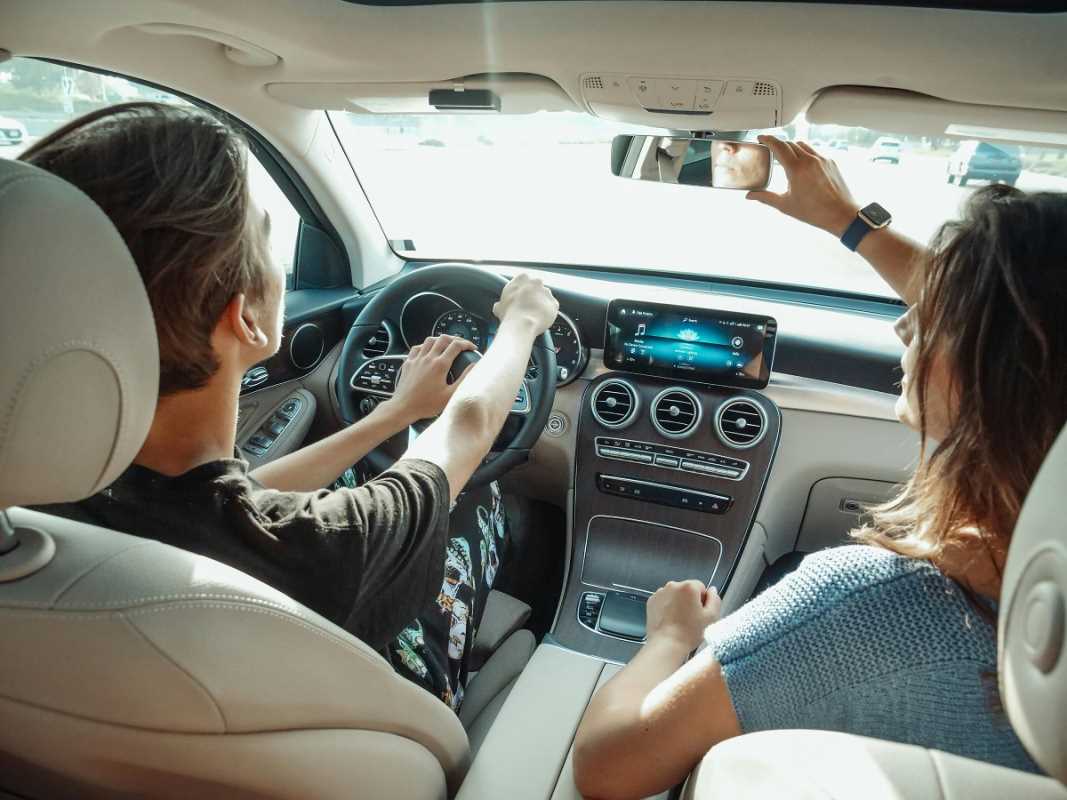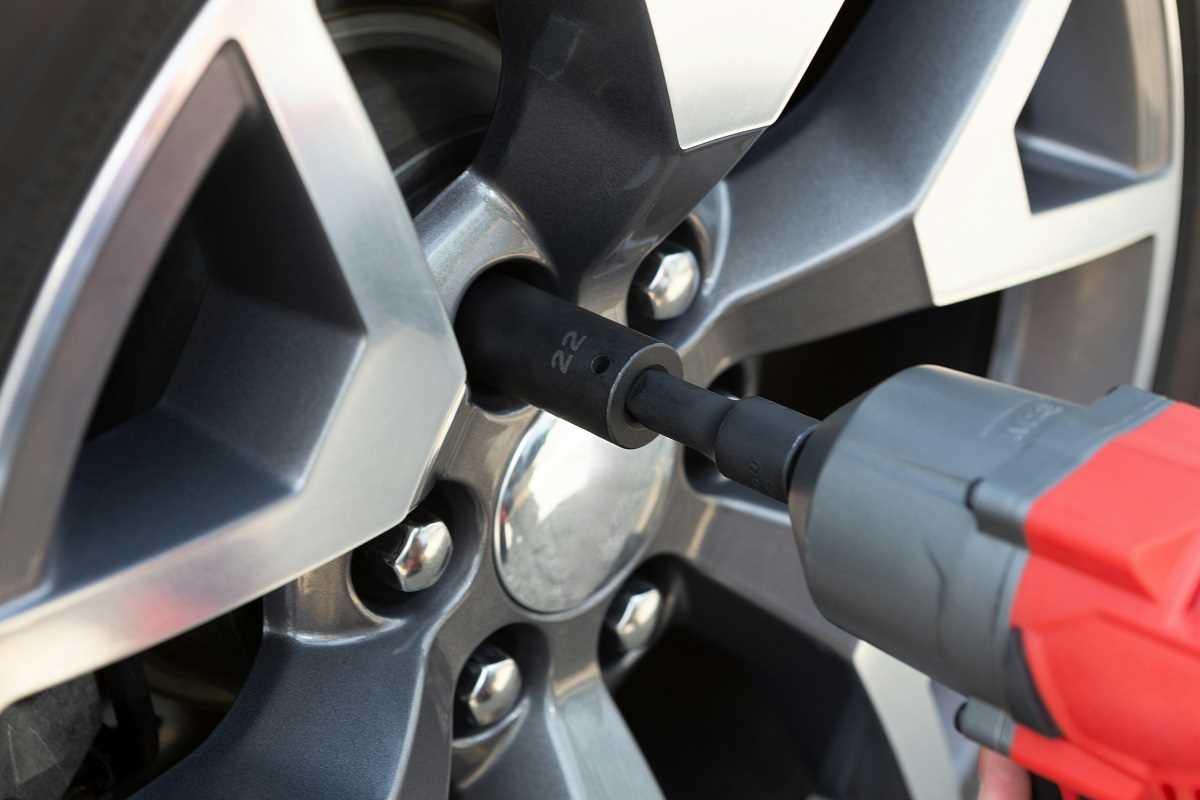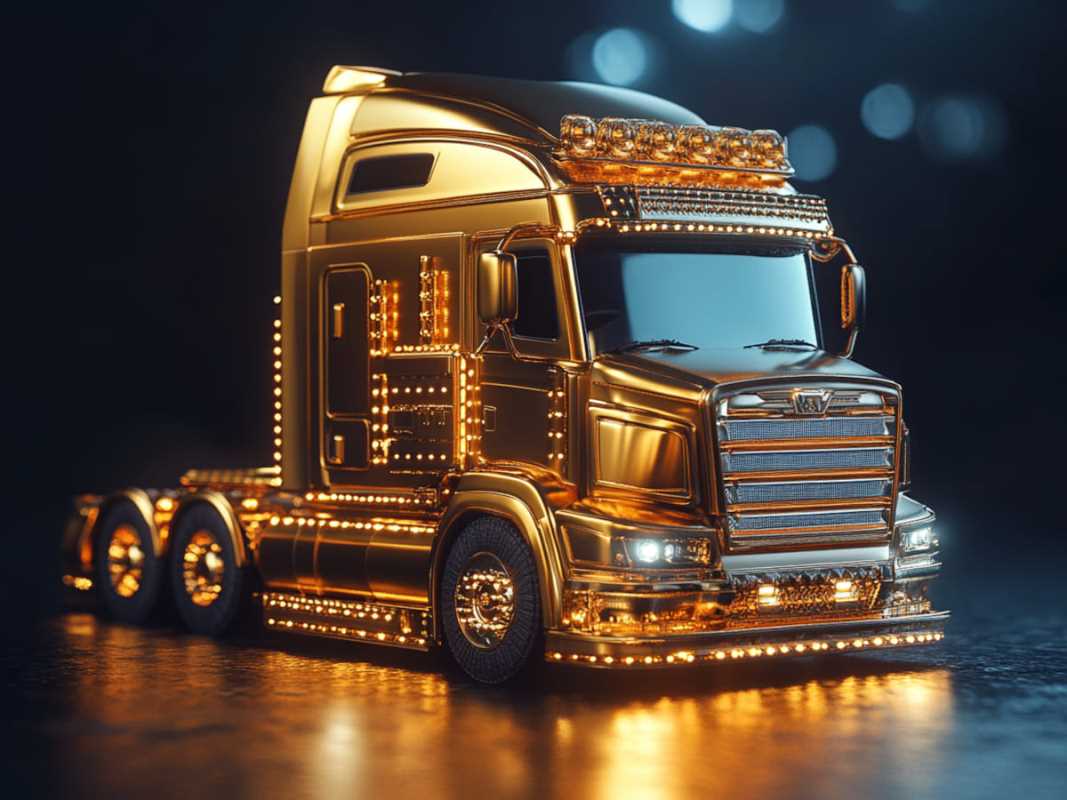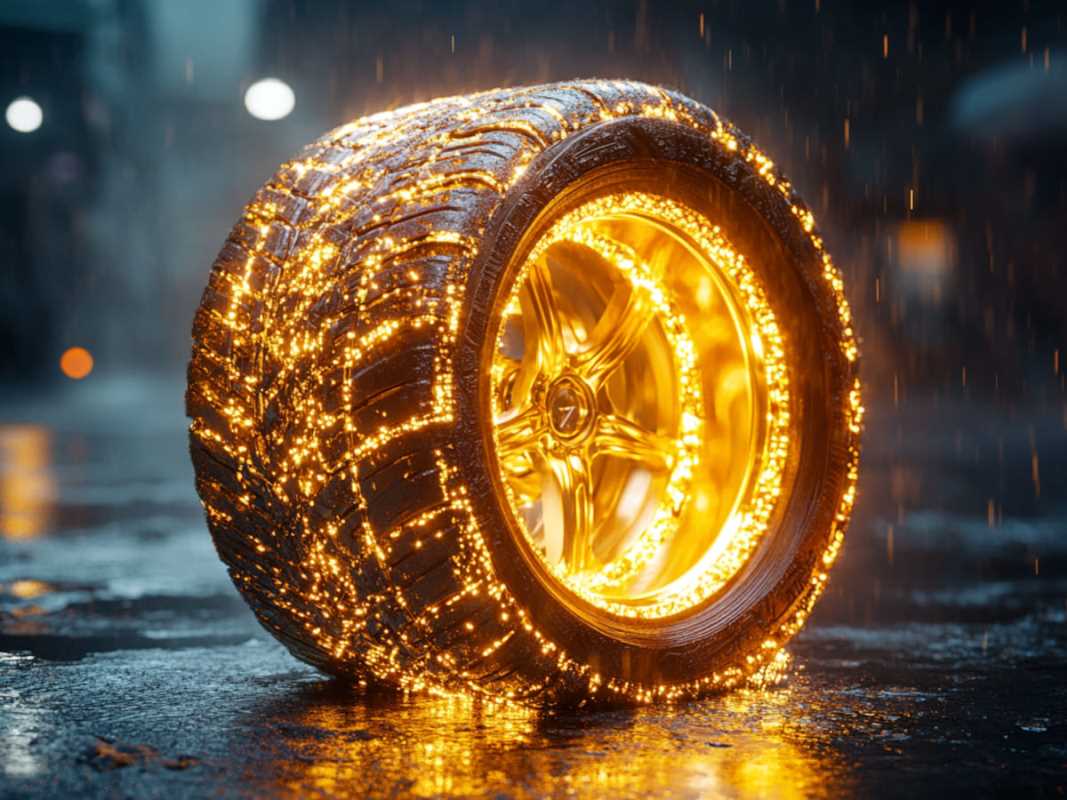For decades, the car dashboard has been a familiar, static display of information. You have your speedometer, your fuel gauge, a few warning lights, and maybe a small screen for the radio. It’s functional, but not exactly exciting. Now, imagine a dashboard that comes to life, projecting vital information directly onto your windshield so it appears to float over the road ahead. This isn't science fiction; it's the reality of augmented dashboards. This technology overlays digital information—like navigation arrows, speed limits, and safety alerts—onto your real-world view through the windshield. It’s transforming the act of driving from a simple task of getting from A to B into a seamless, interactive, and much safer experience. By blending the digital and physical worlds, augmented dashboards are not just changing what we see, but how we connect with our cars and the road.
What is an Augmented Reality Dashboard?
At its core, an augmented reality (AR) dashboard is a sophisticated display system that enhances your view of the real world with computer-generated information. Unlike virtual reality (VR), which completely replaces your surroundings with a digital environment, AR adds layers on top of what you already see. In the context of a car, this technology primarily uses the windshield as its canvas.
The system works through a combination of several key components. First, there are sensors and cameras mounted on the exterior of the car. These are the "eyes" of the system, constantly scanning the road for lane markings, other vehicles, pedestrians, and traffic signs. A GPS unit tracks your location and route. All this data is fed into a powerful onboard computer that processes it in real-time. This computer understands where the car is, where it's going, and what’s happening around it.
Finally, a projector system displays the processed information onto a special section of the windshield, known as a heads-up display (HUD). The graphics are projected in a way that they appear to be part of the outside world. For example, a navigation arrow won't just point left on a screen; it will look like it's painted directly on the road at the intersection where you need to turn. This creates an intuitive and immersive experience, allowing the driver to keep their eyes on the road while receiving clear, contextual information.
A Safer and Smarter Way to Drive
One of the most significant advancements offered by augmented dashboards is the boost in driver safety. Traditional dashboards and center-console GPS units force you to constantly shift your gaze away from the road, even if just for a split second. That brief moment of distraction is all it takes for a dangerous situation to unfold. Augmented dashboards are designed to minimize this "eyes-off-the-road" time.
Imagine you are driving in an unfamiliar city at night. Instead of glancing down at a map on your phone or a small screen, an AR system projects a brightly lit path directly onto the road ahead. The system can highlight the correct lane you need to be in long before you reach your turn. If you get too close to the car in front of you, a red warning box might appear around its taillights, alerting you to brake. If you start to drift out of your lane, the system can illuminate the lane marking you’re about to cross.
These dashboards can also integrate with advanced driver-assistance systems (ADAS). They can visually flag potential hazards that you might not have noticed yet, like a pedestrian about to step into the street or a car hiding in your blind spot. By presenting these alerts directly in your line of sight, the system reduces your reaction time and helps you make safer decisions. It acts like a digital co-pilot, constantly aware of your surroundings and providing you with the information you need, precisely when you need it.
Beyond Navigation: The Full Experience
While navigation and safety alerts are the primary functions, the potential for augmented dashboards extends far beyond that. The technology is poised to make driving more convenient, informative, and even entertaining.
Think about points of interest. As you drive, the AR display could highlight restaurants, gas stations, or historical landmarks. Information bubbles could pop up over these locations, showing you user ratings, business hours, or interesting facts. Looking for parking? The system could highlight available spots in a nearby garage, guiding you directly to an empty space. This turns the windshield into a dynamic window of information about the world around you.
The dashboard can also provide more detailed information about the car's performance. Instead of just a simple fuel gauge, it could show you your real-time fuel efficiency and predict how many miles you have left based on your current driving style. For electric vehicles, it could point out the nearest charging stations and show if they are currently available. The system can even help you drive more efficiently by providing visual cues, like a green light that appears when you are maintaining an optimal speed for fuel conservation. This level of feedback helps drivers better understand their vehicles and their habits.
Challenges on the Road to Adoption
As with any groundbreaking technology, augmented dashboards face a few hurdles. One of the biggest is the potential for information overload. While the goal is to help the driver, bombarding them with too much visual data could become a distraction in itself. Designers and engineers are working hard to find the right balance, creating interfaces that are helpful but not cluttered. The key is to present information that is relevant and easy to understand at a glance, without overwhelming the person behind the wheel.
Cost is another factor. The advanced sensors, powerful computers, and high-quality projectors required for these systems are currently expensive. As a result, augmented dashboards are mostly found in luxury and high-end vehicles. However, as the technology becomes more refined and production scales up, the costs will inevitably come down, making it more accessible for a wider range of cars.
Finally, there are technical challenges to perfect. The system needs to be incredibly precise. A navigation arrow that is misaligned by even a few inches could point to the wrong street. The graphics must remain stable and clear regardless of the car's speed, bumps in the road, or changing light conditions. Ensuring the system works flawlessly in rain, snow, and bright sunlight is a complex engineering problem that companies are actively solving.
 (Image via
(Image via.jpg)





